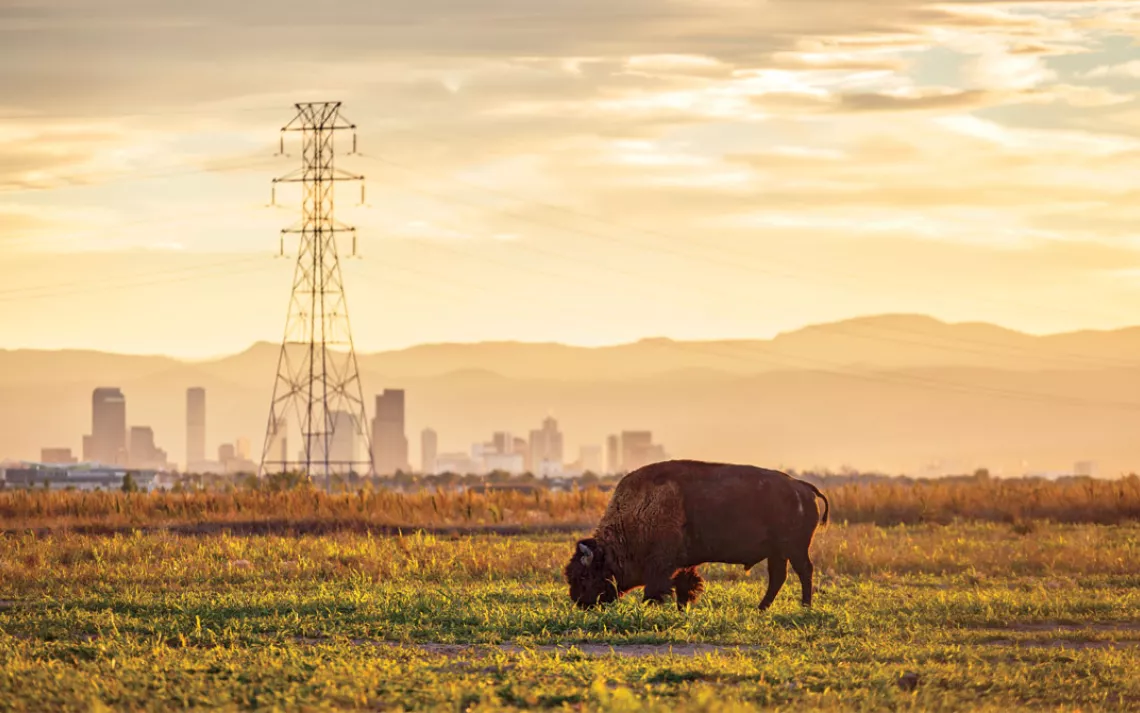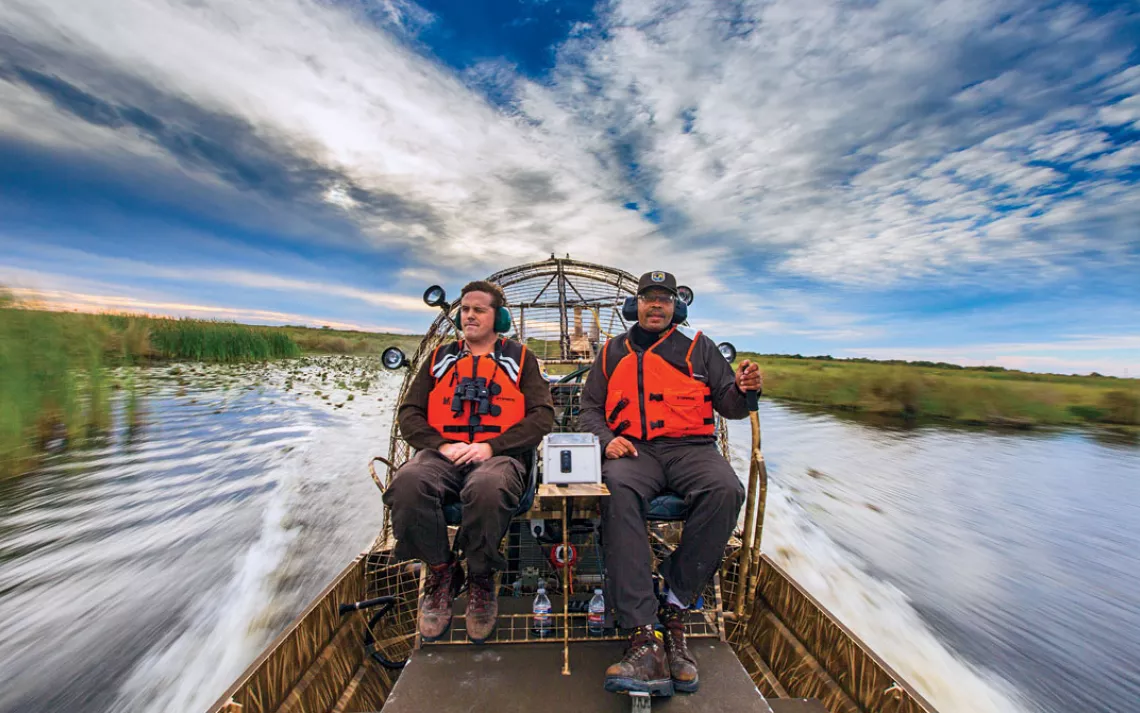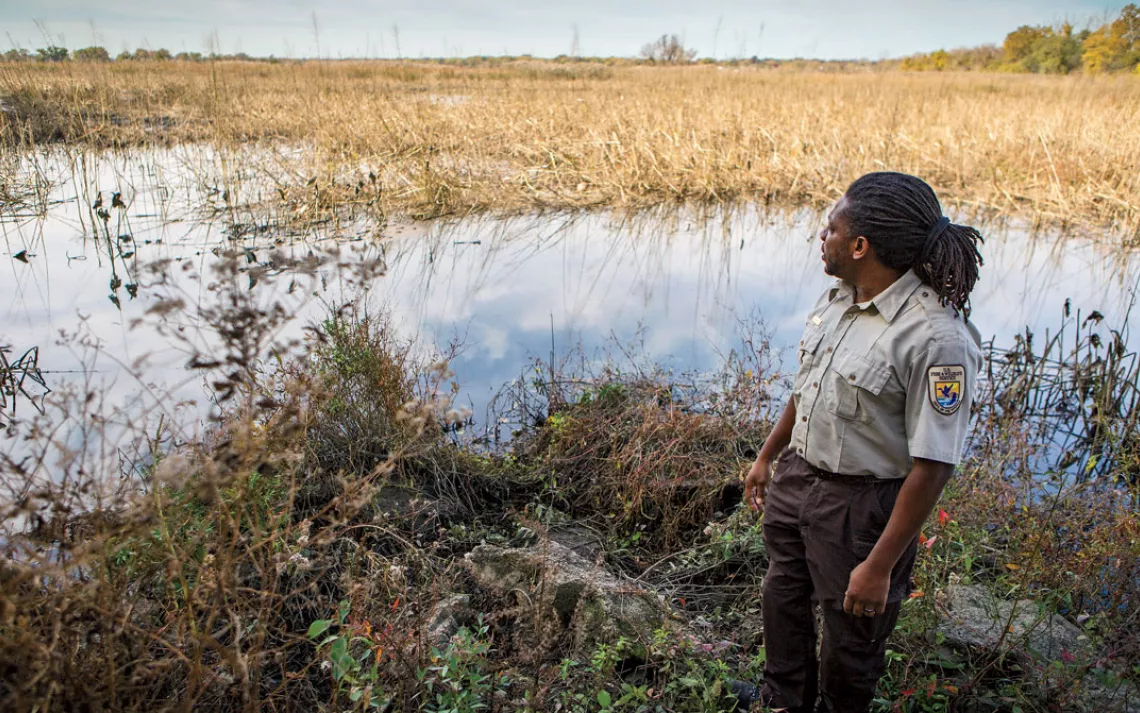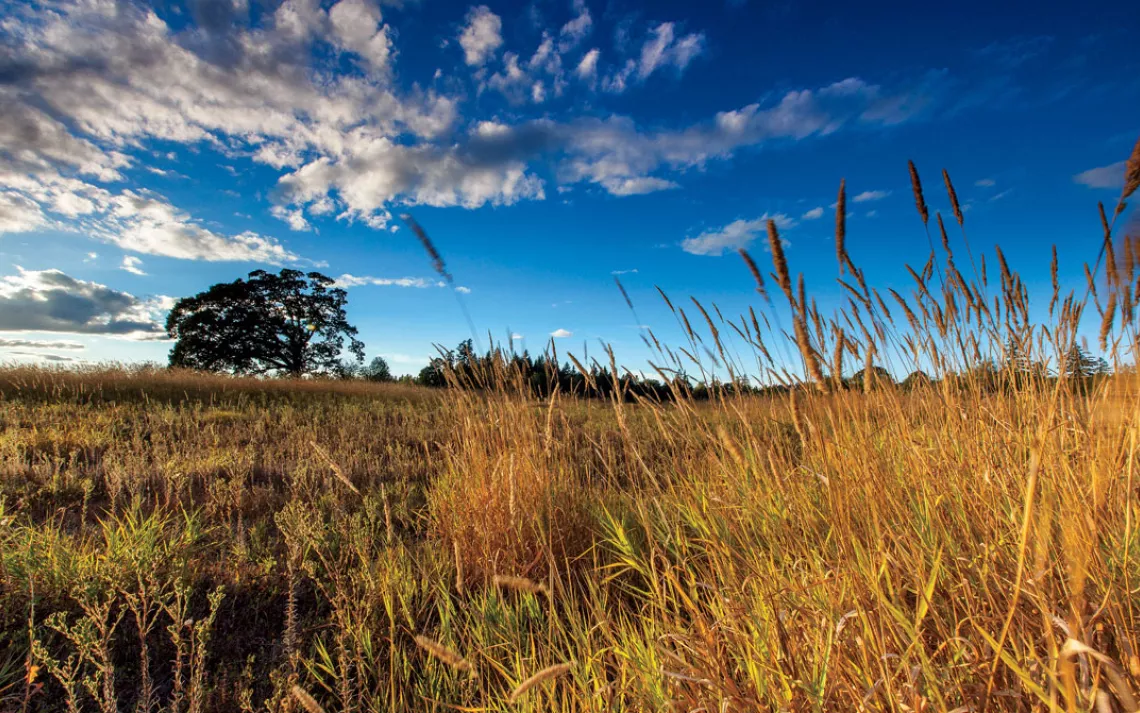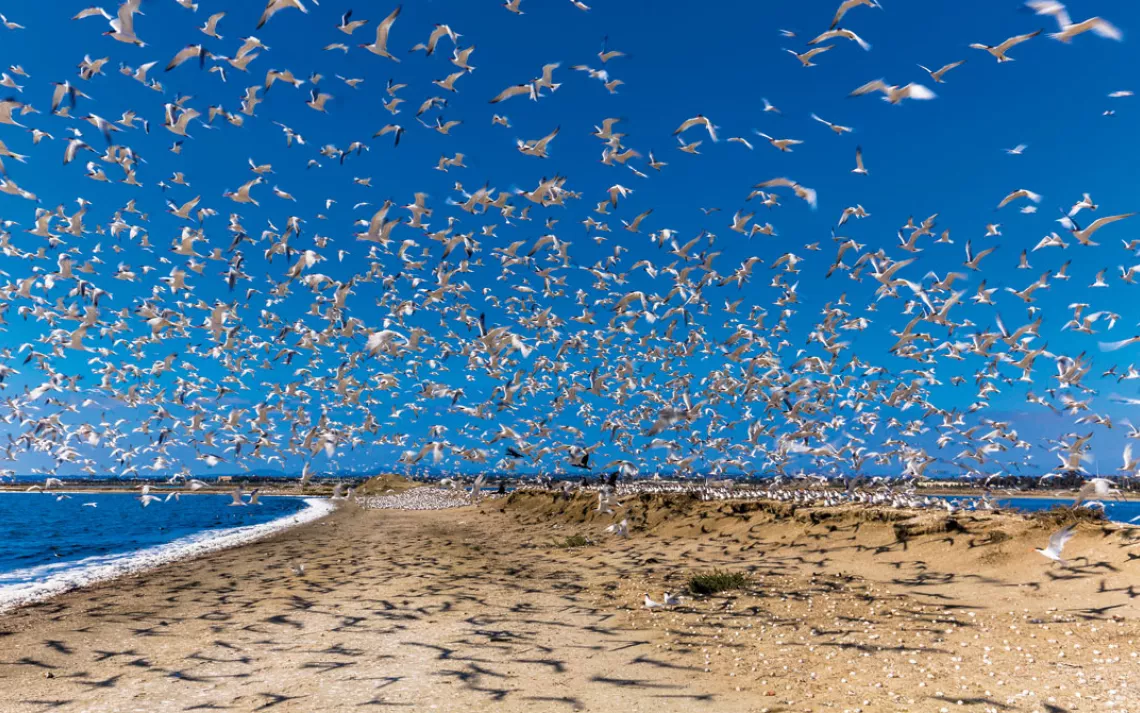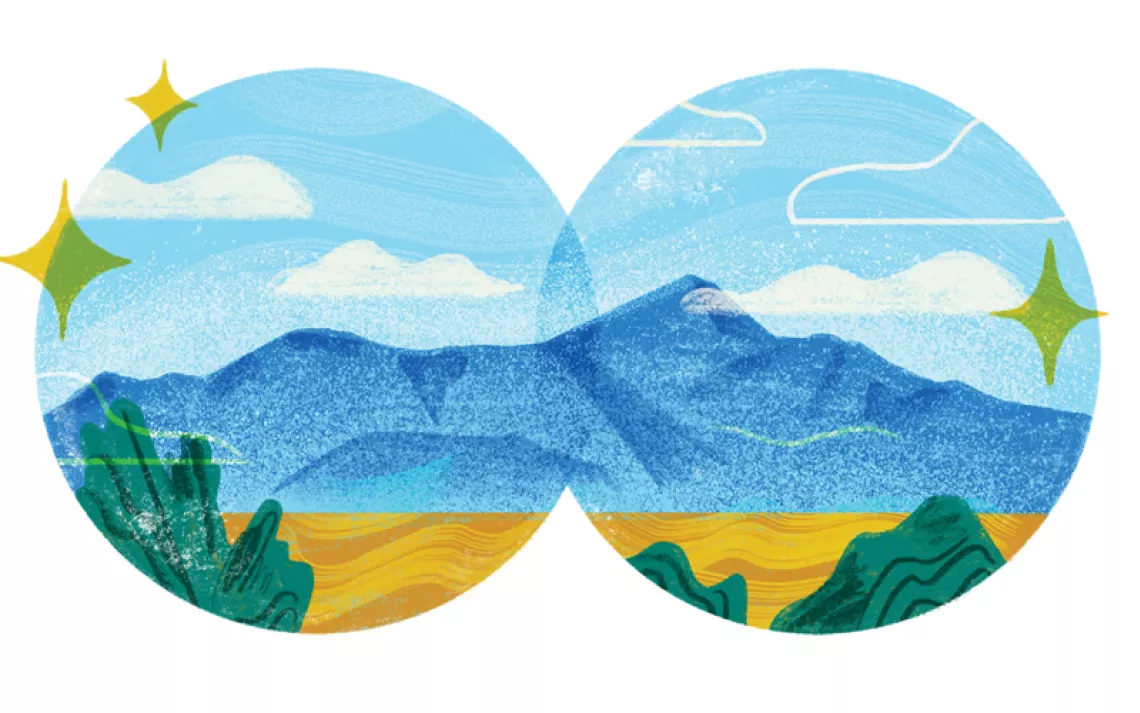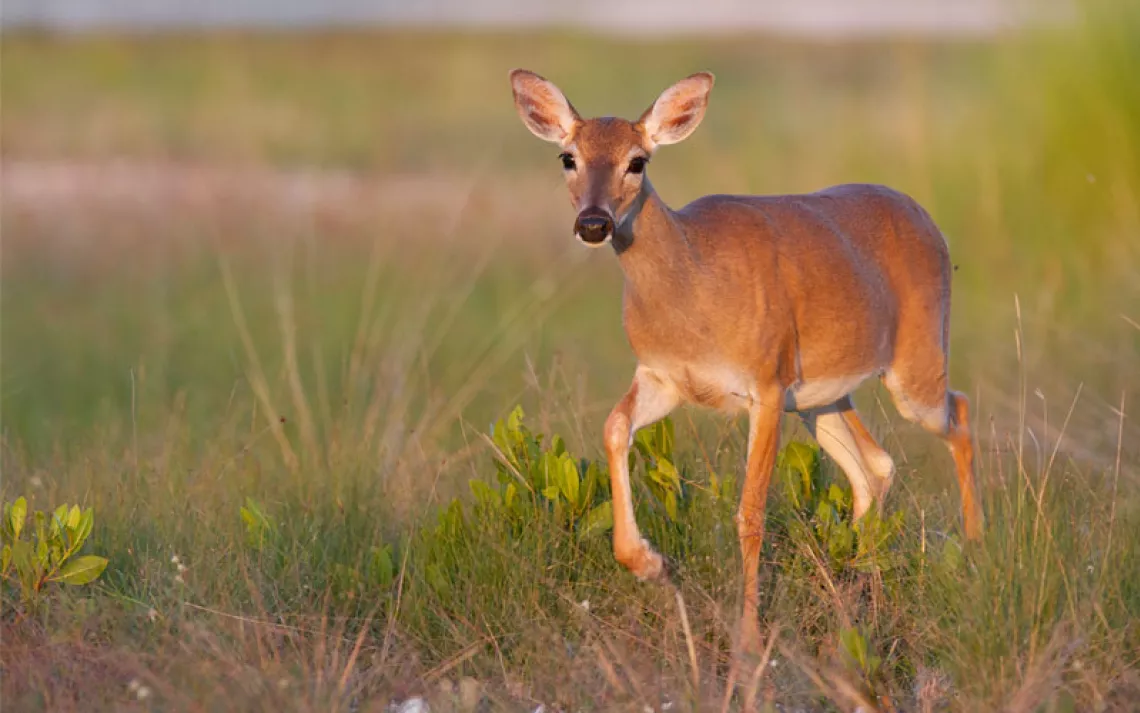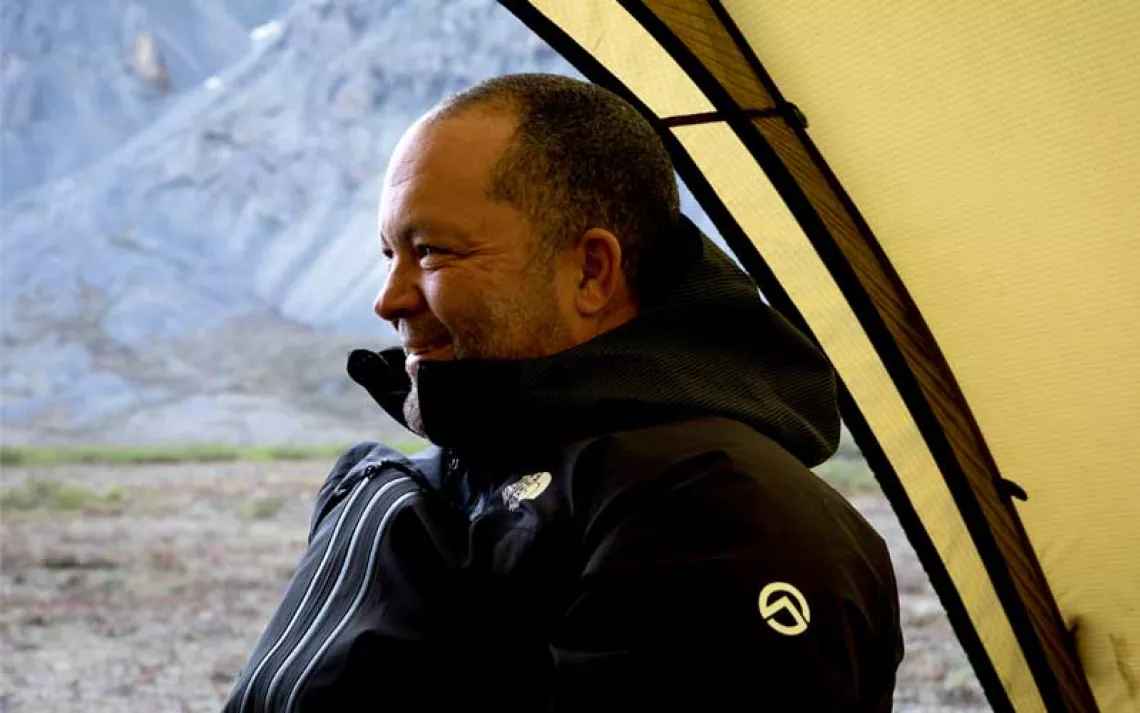Wildlife Refuges Are Retreats for People, Too
U.S. Fish and Wildlife Service refuges near urban areas provide easy escapes for city dwellers
The U.S. Fish and Wildlife Service is taking it to the streets. Known for its khaki-clad rangers dedicated to protecting habitat for grizzlies, roseate spoonbills, butterflies, and lizards, the USFWS's National Wildlife Refuge System has, since 2011, also been focusing on the human communities near many of its refuges. Some 80 percent of U.S. residents live in urban areas, and more than 100 of the system's 562 refuges are located within 25 miles of 250,000 or more people.
But sometimes those people don't know a nearby refuge exists. The solution for a relatively small federal agency: Team up with nonprofit groups already working in urban neighborhoods to introduce schoolkids and other residents to their local wildlands, then get them out to discover, appreciate, and care for the natural world. A fertile marsh within sight of skyscrapers, an expressway, or power lines may not look like the Arctic National Wildlife Refuge, but visiting one can have the same effect: a lasting connection to the natural world.
"The borders of our refuges aren't where our work stops anymore," says David Stoughton, visitor services manager for eight national wildlife refuges in southeastern Louisiana, including 24,000-acre Bayou Sauvage, inside the New Orleans city limits. "If we don't meet people where they live, we are missing an opportunity." Here's a look at five city-close refuges.
Photographs by Tandem Stills + Motion
This article was funded by the Sierra Club's Our Wild America campaign (sierraclub.org/ourwildamerica), whose Nearby Nature program works to protect and establish parks and green spaces in urban and suburban communities to ensure that everyone has access to nature.
Reed McManus was a senior editor at Sierra. Sadly, he passed away on January 6. This was his last feature for the magazine.
For more on urban refuges, check out these videos from Tandem Stills + Motion:
 The Magazine of The Sierra Club
The Magazine of The Sierra Club
